Improving calf health in Denmark
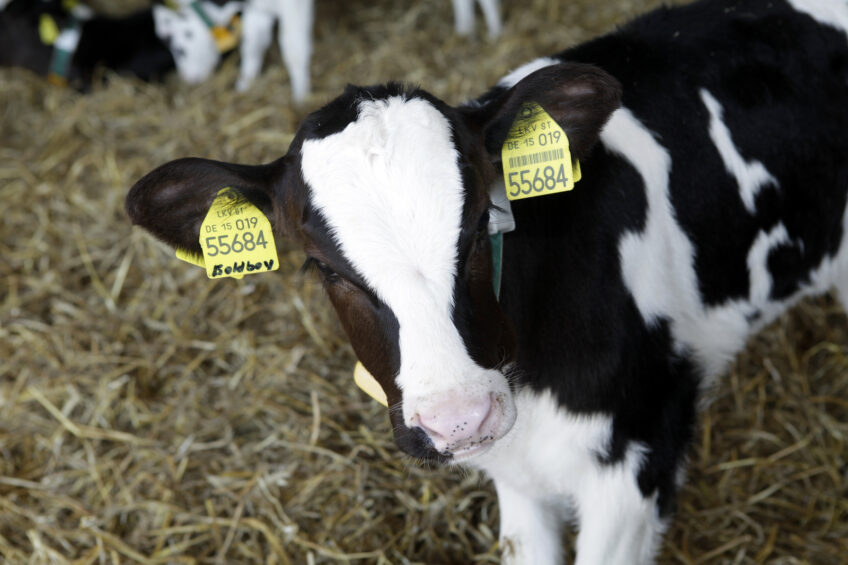
Tackling pre-weaning mortality through better gut performance can lead to improved calf health and future profits.
Dairy calves, the cornerstone of any dairy farm, have long been overlooked. Pre-weaning mortality is a major issue in dairy farming around the world. US data (NAHMS, 2007) found a mortality rate for heifers of 7.8%, with digestive problems being responsible for 56.5% of those losses, with respiratory problems being responsible for another 22.5%, data collected in 2010 (NAHMS, 2011) still show that digestive disorders and pneumonia account for approx. 80% of all preweaning heifer deaths.
These figures are strikingly close to those reported in 1992, highlighting a lack of improvement in the last 20 years. Respiratory and digestive problems are correlated, as the occurrence of one will increase the chances of the other. Considering average herd replacement rates around 30% these are figures severely limit a dairy producer options.
Economic costs
There is a strong correlation between pre-weaning ADG and milk production. A meta-analysis of more than 10 studies concluded that each extra 0.4 kg of pre-weaning ADG should deliver an extra milk yield during the first lactation of 621 kg. Even more, each diseased heifer represents a huge economic burden: one Dutch study reported that the rearing costs of a heifer that experienced disease at least once were on average €95 (US$105) higher compared to healthy heifers.
Preventing gut disorders
Digestive disorders are produced through a vast array of causes, infectious or not. Good management starting from an adequate colostrum supply (in timing, quantity and quality) is essential and milk supply should always be checked with regards to its consistency, hygiene, temperature, delivery method and quality. Other points not to be neglected are the water supply, the concentrate and roughages supply, adequate sheltering and a non-stressful environment, with special attention paid to the moment of mixing calves or to calves kept in groups.
Pathogen challenge before weaning
In practice, a dairy calf will face real pathogen challenges before weaning. Farms, because of existing facilities, feedstuffs and bedding often suffer from high infectious rates. Viruses, protozoa and bacteria are often causes of diarrhoea and mortality, with bacteria being the greatest threat, either as a primary cause or secondary to any other factor, including management mistakes or other effects of other pathogens. The most common diarrhoea causing bacteria are E. coli and Salmonella spp., Gram-negative bacteria that are showing increased resistance to different antibiotics, making treatment increasingly difficult and raising concerns about possible implications for human health.
Commercial trial in Denmark
The trial was performed on a large commercial dairy farm in Denmark where the herd is mixed breed based on Holstein and Jersey cattle. The farm milks over 1300 dairy cows and raises all replacement heifers. Calves are kept in outdoor single hutches for 2 to 3 weeks after which they are moved into super-hutches, also outdoors, with a group size of 5 or 6. The herd is Salmonella Dublin positive, and part of a national eradication programme. Diarrhoea outbreaks are often diagnosed at the farm.
Trial set-up
The trial ran for a 3.5 month period during the summer, with 18 calves as a control group and 2 trial groups numbering 20 and 18 calves, respectively, receiving different dosages of an organic acid-based product*. Trial duration was approximately 70 days on average for each calf. Data regarding body weight gain (BWG) was collected and average daily gain (ADG) calculated. Cough, nasal discharge, ocular discharge, ear and head carriage and rectal temperature were scored according to the University of Madison guidelines. Faeces consistency was scored weekly according to standard protocol. All calves enrolled in the trial were moved within 1 hour after birth to a clean and well bedded hutch, birth body weight showed no statistical differences between groups and was approximately 40 kg. All calves received 4 litres of good quality colostrum (Brix value of 22%) in the first hour post-birth along with a navel iodine dipping. All calves received 6 litres milk per calf per day while in single hutches and 10 litres per calf per day while in super hutches. Weaning started at 6-7 weeks depending on the hutches availability for new calves. Solid feed consisted of a textured starter with 22.5% crude protein offered free choice on a daily basis.
Higher growth and more milk
Calves in both experimental groups outperformed the control group and showed better health. Total body weight gain (BWG) in the trial was 48.7 kg for control group and 53.3 kg and 57.6 kg for experimental groups (Figure 1). Average daily gain (ADG) for both experimental groups was 61 grams and 137 grams higher than control group showing statistical significance and forecasting an extra milk yield of 84 kg and 212 kg, respectively, during the first lactation. Interestingly, both experimental groups also showed better health scoring than the control group. Control group showed consistently and statistically significant looser faeces (Figure 2) and also worse health scoring, underlying the relation between diarrhoea and other diseases. Experimental groups showed better growth parameters, better faeces consistency and better general health, also reflected in the nasal discharge and coughing scores (Figures 3 and 4).
Figure 4 – Coughing scores.

Conclusion
This trial demonstrates the potential of an innovative acid-based feed additive in reducing the negative effects of Gram-negative bacteria and improving both growth parameters and general calf health. This strategy could also help to reduce the usage of antibiotics and the potential build-up of bacterial resistances.
*Biotronic® PX Top3
Join 13,000+ subscribers
Subscribe to our newsletter to stay updated about all the need-to-know content in the dairy sector, two times a week.
 Beheer
Beheer

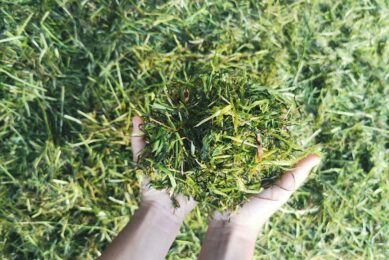
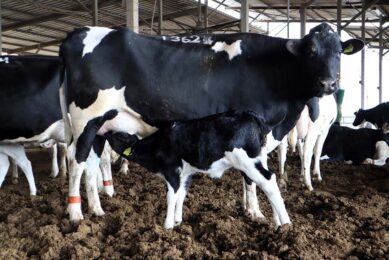
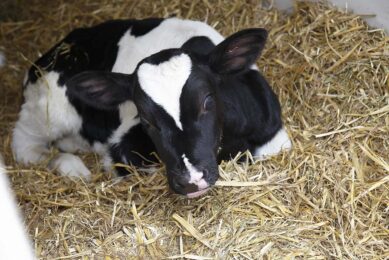
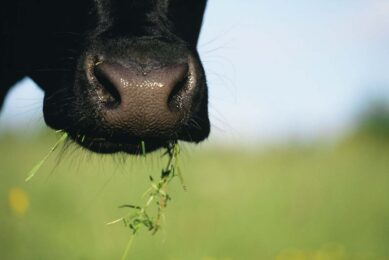
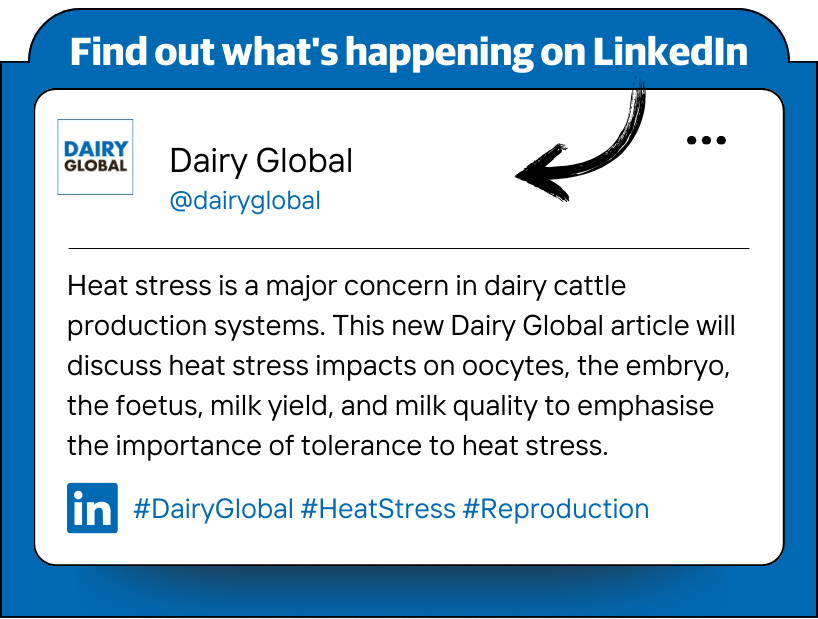



 WP Admin
WP Admin  Bewerk bericht
Bewerk bericht